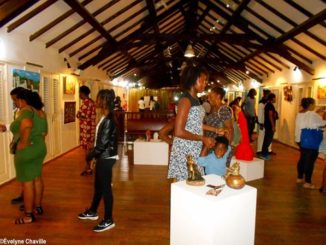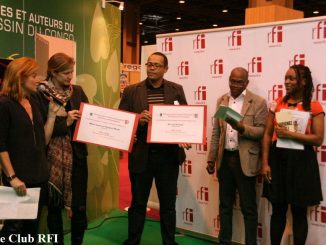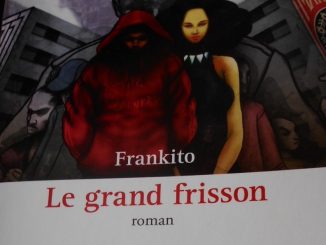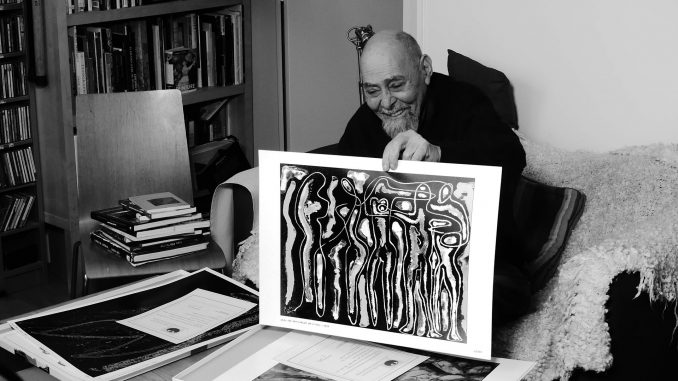
Interview in Paris : Éric Amiens and Fabian Charles
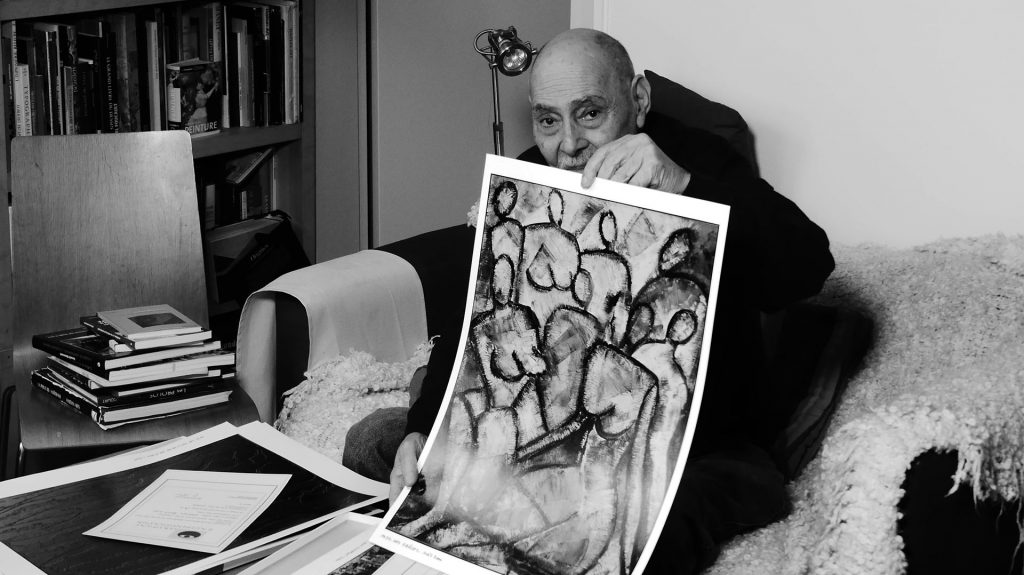
Born in Haiti 91 years ago today, Gérald Bloncourt lives in France since his expulsion from his native island in 1946. This photographer, painter and poet is very active, he gives lectures and participates in exhibitions in order to share his knowledge with the young generation and to talk about this country that gave him everything, Haiti, where he returns regularly since the fall of Jean-Claude Duvalier, in 1986.
For KARICULTURE.NET, the artist has agreed to receive at his home in Paris two journalists, Éric Amiens from Guadeloupe and Fabian Charles from Haiti, to speak in particular about his three favourite arts.
Here is the second part of this exceptional meeting.
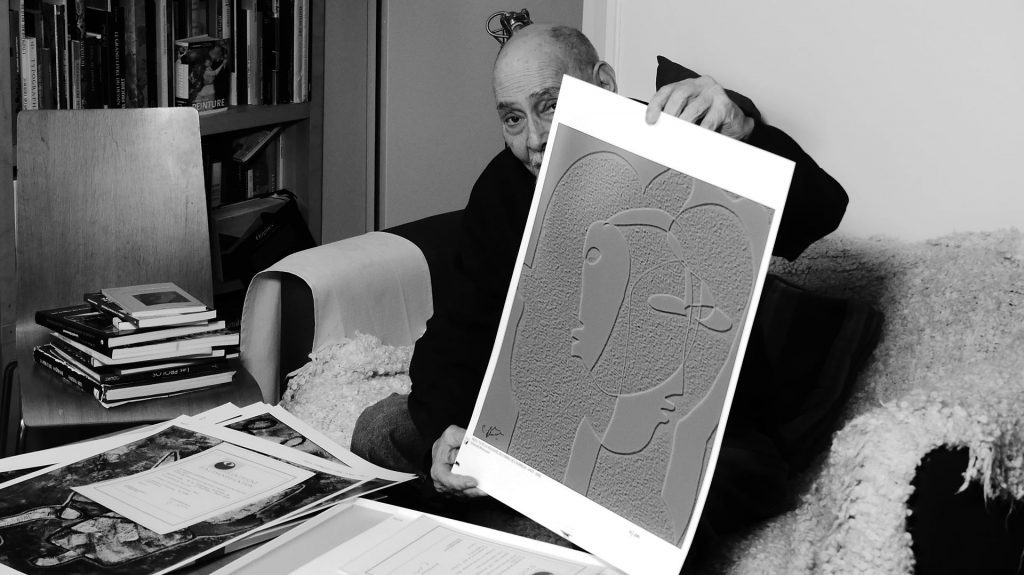
KARICULTURE.NET : How did you become a photographer?
Gérald Bloncourt : Quite by chance. In 1946, I was expelled from Haiti, I arrived in France thanks to the help of Aimé Césaire and the French Minister Marius Moutet who authorized me to return to France. When I arrived on French soil, I decided to prepare the teaching profession of the city of Paris and, by chance, I found a job in a house of photography. Being a communist militant, the Communist Party offered me to come and work at L’Humanité, the party newspaper. And there, I discovered photojournalism, another way of writing, sharing an event, testifying, saying, taking sides and I discovered it was possible to use photography to continue the fight I was leading to change society, by denouncing for example the exploitation of man by man, the working conditions of the workers in factories.
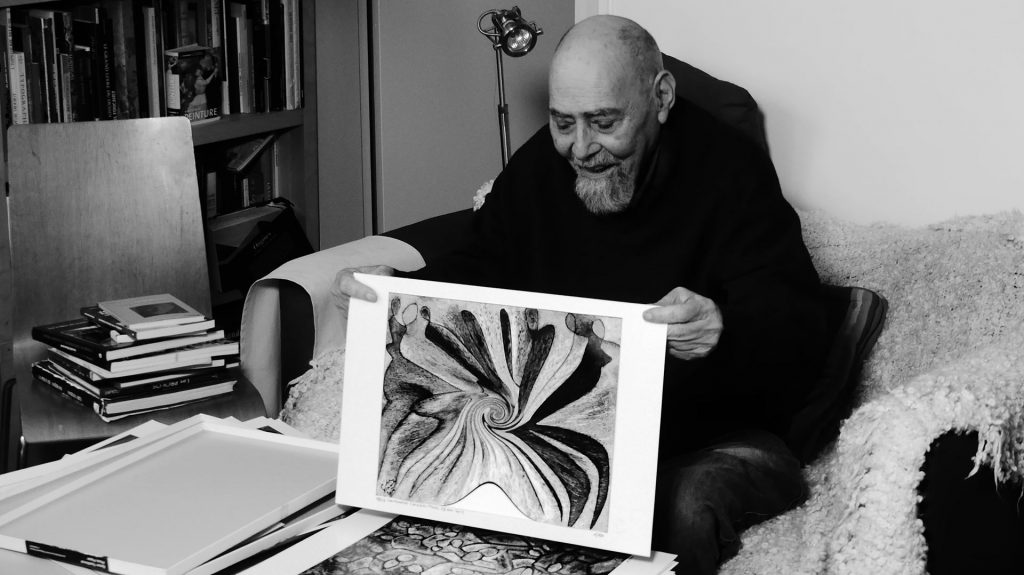
KARICULTURE.NET : What is the role of the photographer ?
Gérald Bloncourt : We, photographers, we are the keepers of memory, we are transmitters. The photos are useful to historians. Today, in my archives, I have about 200,000 photos. It is useful for memory.
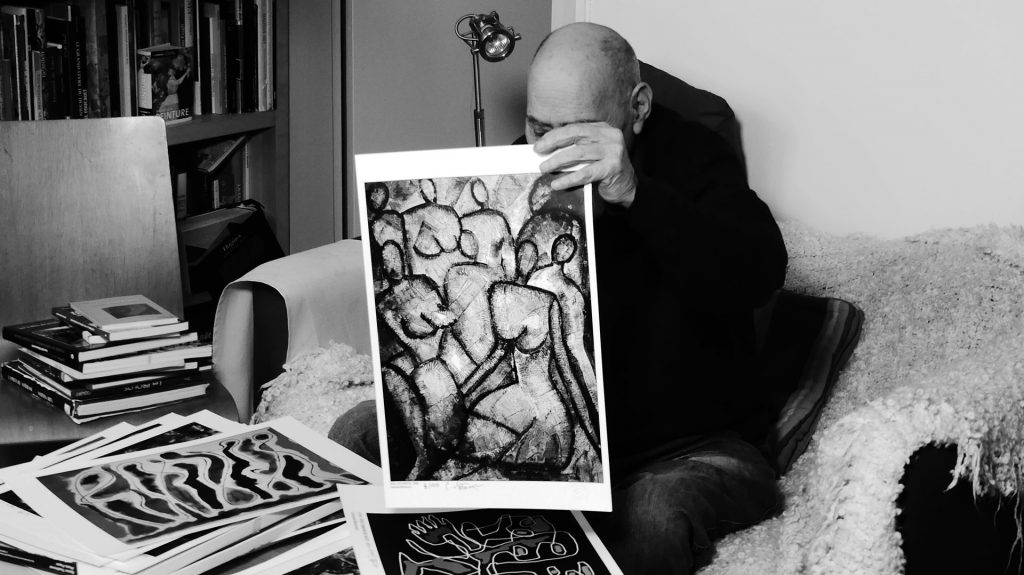
KARICULTURE.NET : You are a photographer for decades, you knew analogue photography. What do you think about digital photography?
Gérald Bloncourt : I followed the evolution of photography through the professional press. I have always dreamed of a camera that would have become the extension of the reflexes of the man. I dreamed of being free of the constraints that we had in the past, the different camera settings, the aperture, the exposure times, etc. It was complicated and, often, we lost many images. Digital is a tremendous progress, it gave us many possibilities. I have gone digital as soon as the cameras reached 8 million pixels. Today, photography has become more democratic. We live in a world of images. Whoever does it professionaly must be responsible.
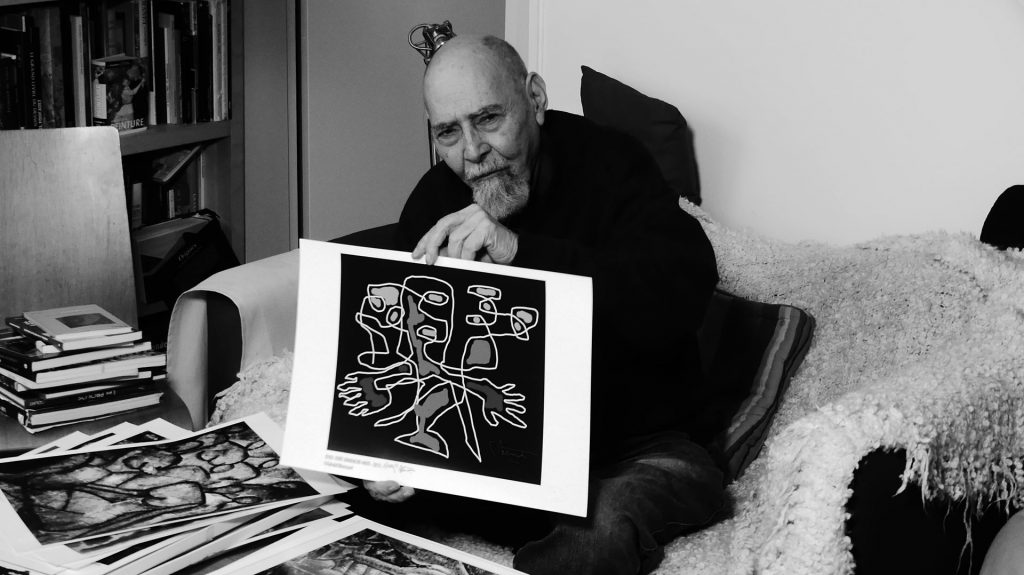
KARICULTURE.NET : Haiti is a great country of art and has a great international renown especially in the field of painting. In 1944, you participated in the creation of the Haitian Art Center, what was the objective of this Art Center?
Gérald Bloncourt : We were a small group of young painters armed with the famous French culture. At that time, we all wanted to be Gauguin, Picasso…
An American who was a conscientious objector, Dewitt Peters, was sent to Haiti to teach English. This young watercolorist was dazzled by the light, so he asked to meet other painters which I was a part, with Albert Mangonès, the creator of the statue of the Nèg Mawon. The painter brought us together and we decided together to found the Art Center to support creation. The Art Center was the detonator of the explosion of “painters of the marvelous”. But many creators existed before and have never stopped painting. The Art Center only amplified and made known to the world the genius of this people.
Haiti is a cultural melting pot with Taïnos, Caribs, French, Spanish, English and thirty African ethnic groups deported into the hell of slavery with their own culture, their “Negro Art” magnified, among others, by Picasso. The Houmforts were decorated. These slaves secretly produced sculptures for their voodoo rhythms. The “vevés” drawn on the ground during their ceremonies and erased under the feet of the dancers were real masterpieces. Their iron sculptures in the cemeteries dazzled all collectors and museums as soon as Dewitt Peters, creator of the Art Center, exhibited them.
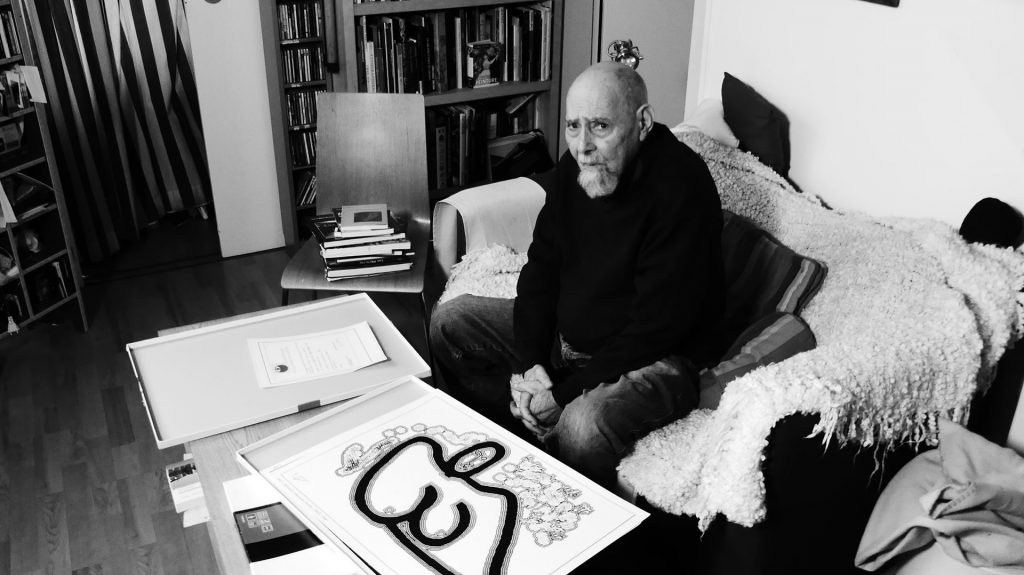
KARICULTURE.NET : Painting is everywhere in Haiti, where does the taste of the Haitian people for painting, pictorial art come from ?
Gérald Bloncourt : Haiti is an open-air museum, there are paintings exhibited everywhere in the alleyways, in the hotels. Everywhere, there are workshops. It is a people of creators. It is a country which gives extraordinary writers, poets, painters, musicians. You know, Haiti is a cultural melting pot, we had the Tainos, the Caribs, the Spaniards, the French, the British and 30 African ethnic groups who arrived with their own cultures, their own languages and all that was mixed up and from there sprang all these creations.
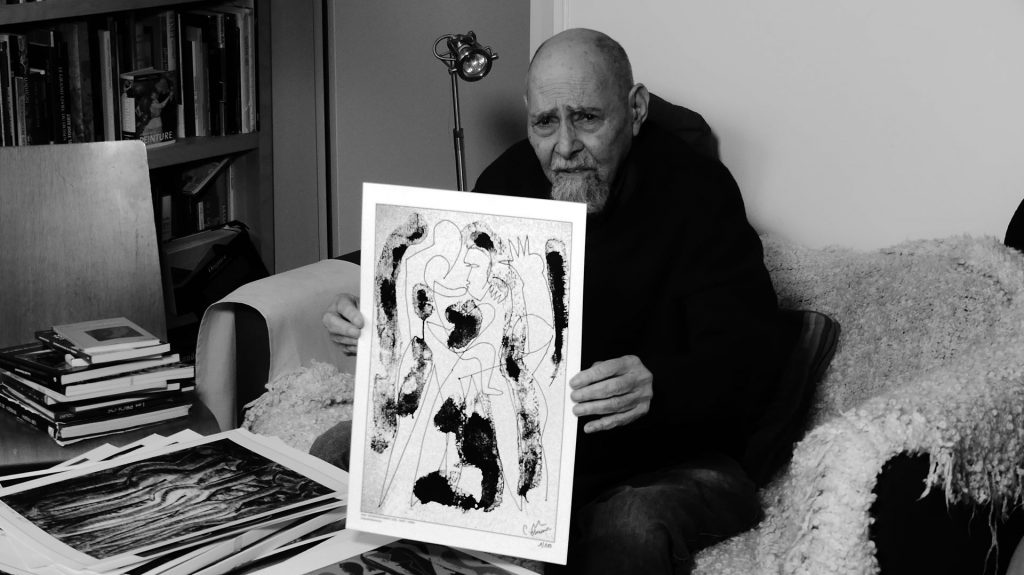
KARICULTURE.NET : Some people think that the voodoo aspirations are the cause of this sense of painting. What do you think ?
Gérald Bloncourt : It is clear that voodoo is a religion that motivates the whole peasantry, the whole Haitian people. Voodoo, contrary to what may have been said, is a deeply human religion and this voodoo unquestionably penetrated the soul of this people. The “Bois Caïman Oath” is an example.
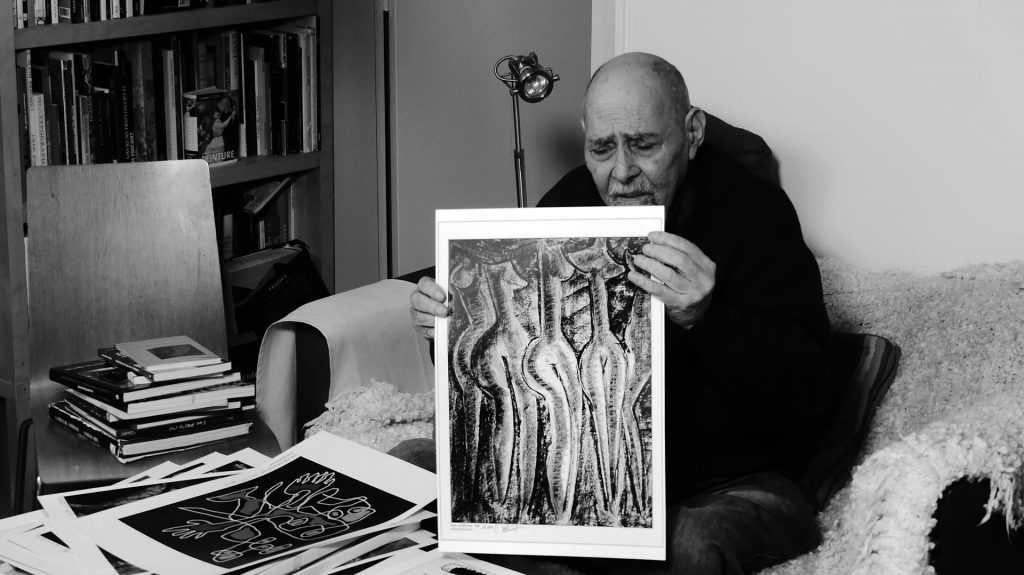
KARICULTURE.NET : Some do not want Haitian painting to be called “naive” because they think that this adjective denigrates the talent of Haitian artists, what do you think of these expressions “naive painting”, “naive art”?
Gérald Bloncourt : They say that Haitian painters are “naive”, it’s a bit reductive. There is a wide diversity of painters in the country, there are voodoo painters, dream painters, the school of Jacmel for example, modern painters, historical painters, surrealist painters, all the painters are not naive. All movements exist in Haiti. When we look at painting, we find this kind of traces of this cultural melting pot that is Haiti. The main part of Haitian painting that expresses the dream, anger, that points out injustice, the dictatorship, is a kind of weapon and this is what made Haiti famous. Almost all museums in the world have a collection of painters from our island.
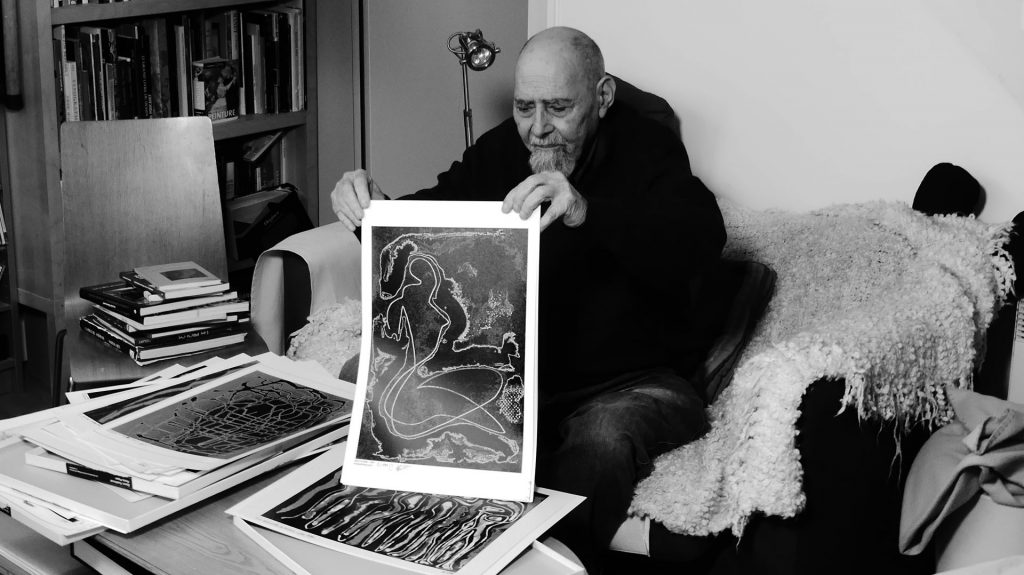
KARICULTURE.NET : How can your painting be described ?
Gérald Bloncourt : How to define myself? I will leave this to those who know my work. I am not a surrealist painter but I was influenced by this conception of breaking this academic side to try to catch things that move me and pass on them sometimes raw. I am steeped in this Haitian culture which lives in me totally.
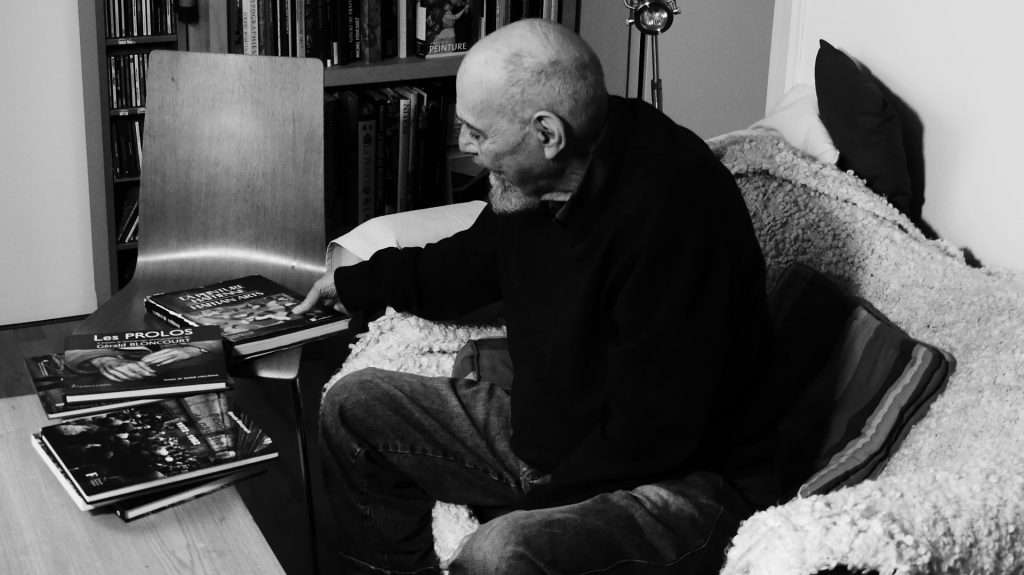
KARICULTURE.NET : Poetry is widely practised in Haiti, while this literary genre is losing ground in the rest of the world. How do you explain this passion of young people for poetry?
Gérald Bloncourt : It’s a difficult question but I think that poetry is a way to express oneself, cleverly, to avoid immediate repression. It’s like riddles in which pass unassailable ideas in the legal area, but which, above all, reach brains. Through poetry, words have a certain force that denounces things and allows to think.
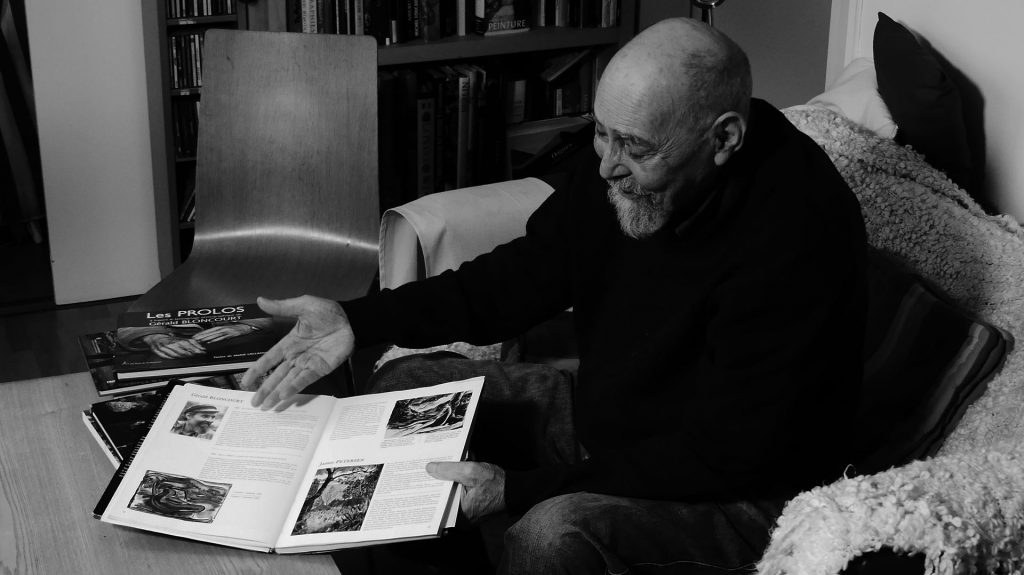
KARICULTURE.NET : It’s a form of marronage ?
Gérald Bloncourt : Of course, it’s marronage. Haiti is really a people of poets, many young people have their collections of poems.
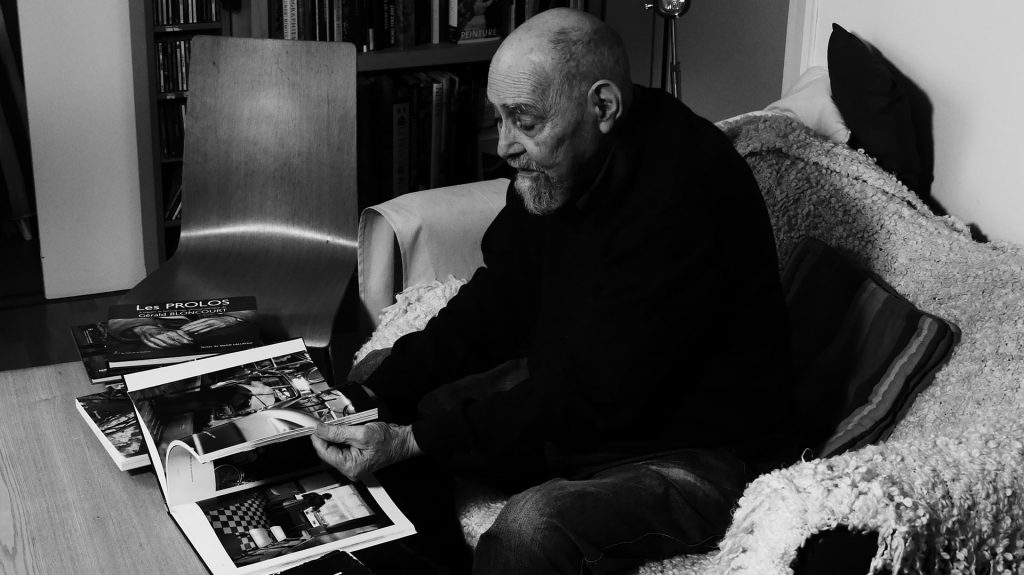
KARICULTURE.NET : You practice photography, painting, poetry (and writing), if you had to choose, which art would you prefer ?
Gérald Bloncourt : I occupy these three niches since I was young. To say, to participate, to denounce, to pass on, these are tools that I use constantly, according to my inspiration, according to whether this or that tool seems to me more adequate. I find it impossible to choose what for me are means of communication, of expression.














